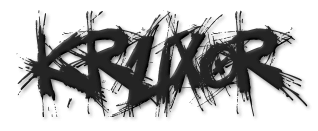notice: please create a custom view template for the referrer class view-referrer.html
26
9:35 pm, December 22, 2023
How to do a simple bootstrap landing page from Scratch - Part 1 Referrer
url
https://www.grubhub.com
linked_class
content
linked_uid
8fmhE
views
3
md5
fc10bdf67f86f1e414b4d27eb504a4d0
id: 6014
uid: 47NdF
insdate: 2023-12-22 21:35:25
title: How to do a simple bootstrap landing page from Scratch - Part 1 Referrer
additional:
category:
url: https://www.grubhub.com
linked_class: content
linked_uid: 8fmhE
hits:
views: 3
int_ext:
md5: fc10bdf67f86f1e414b4d27eb504a4d0


